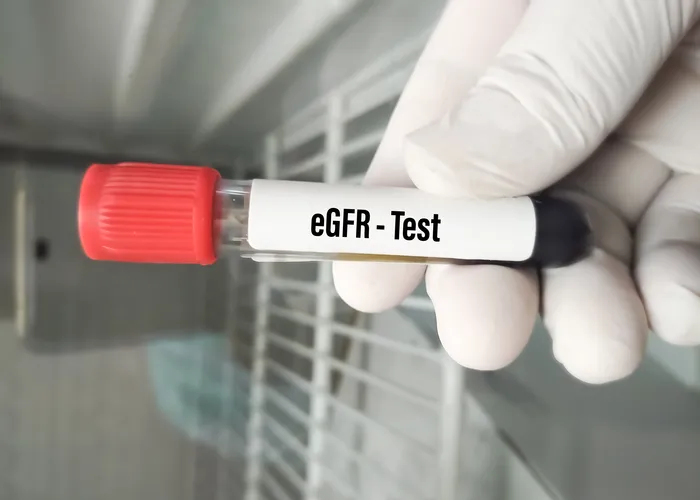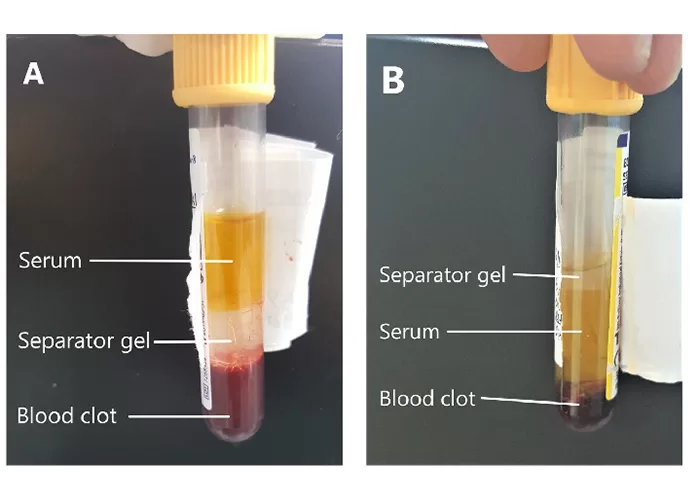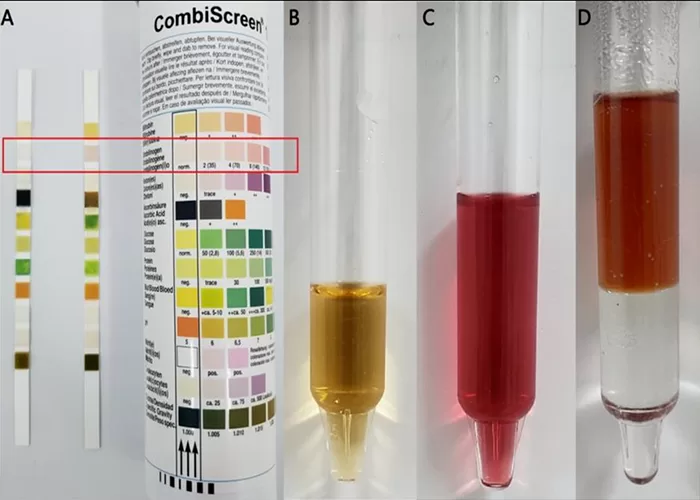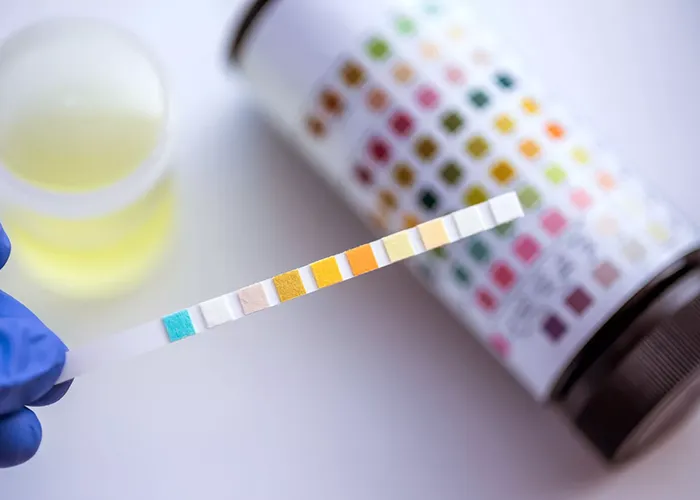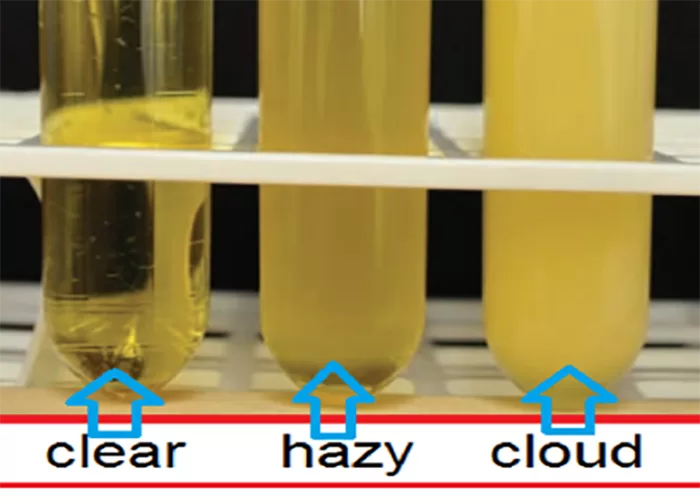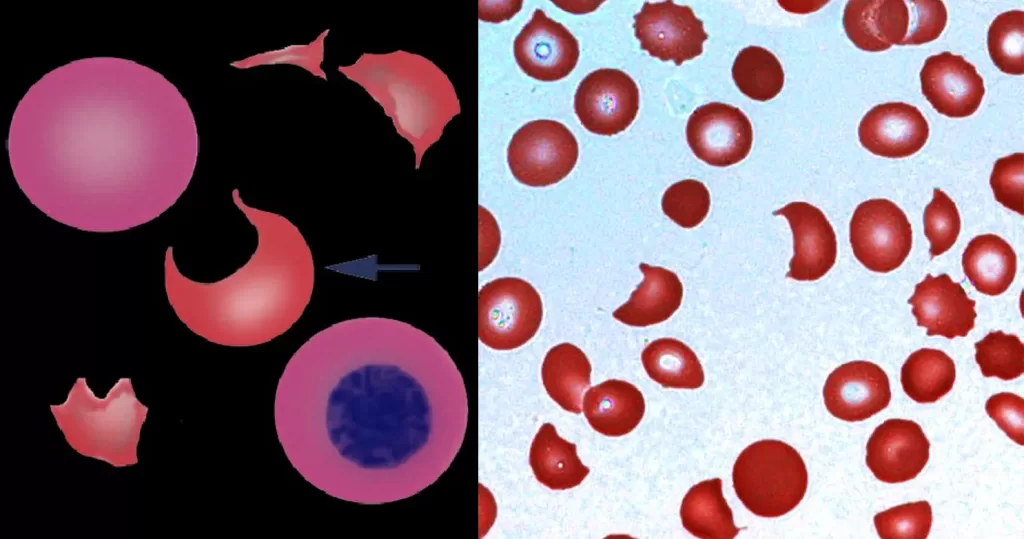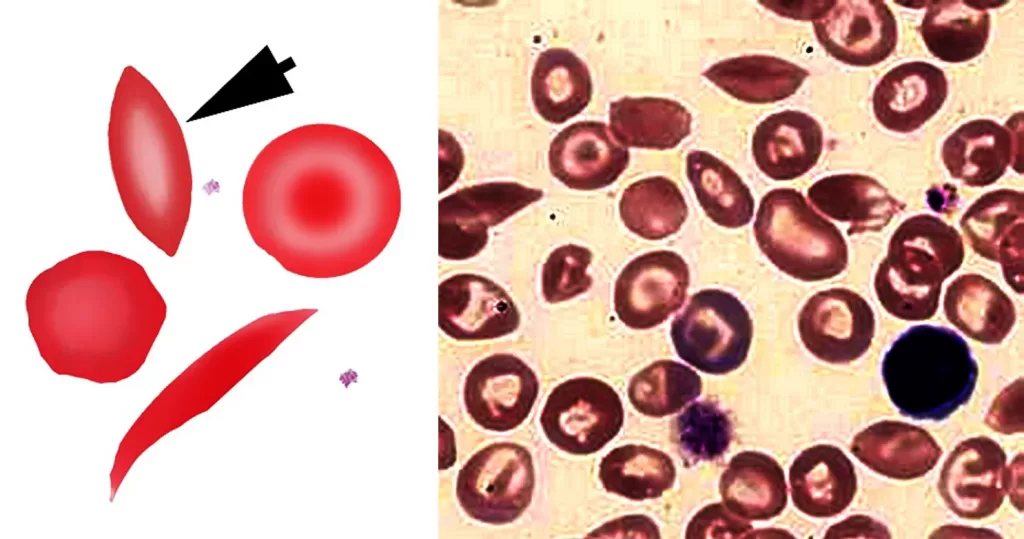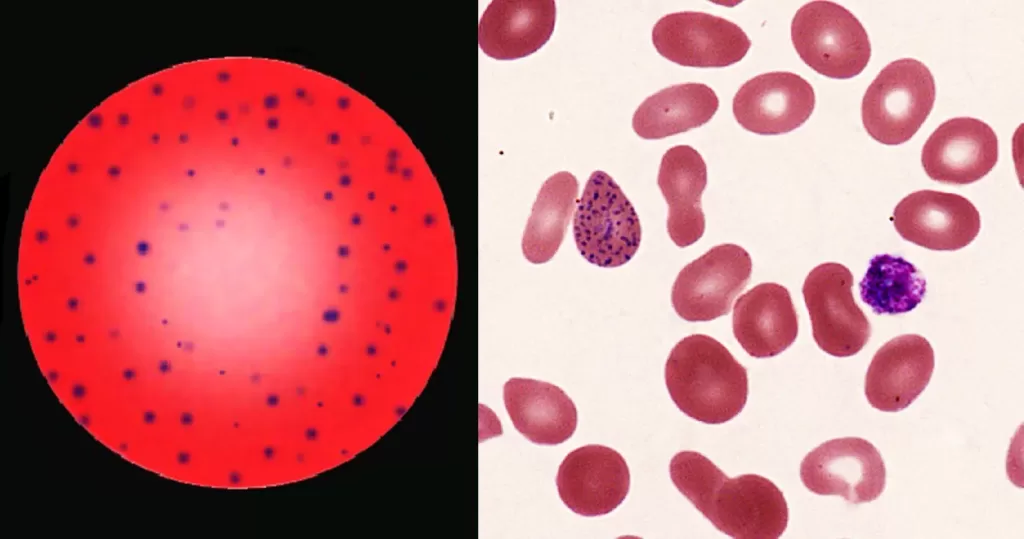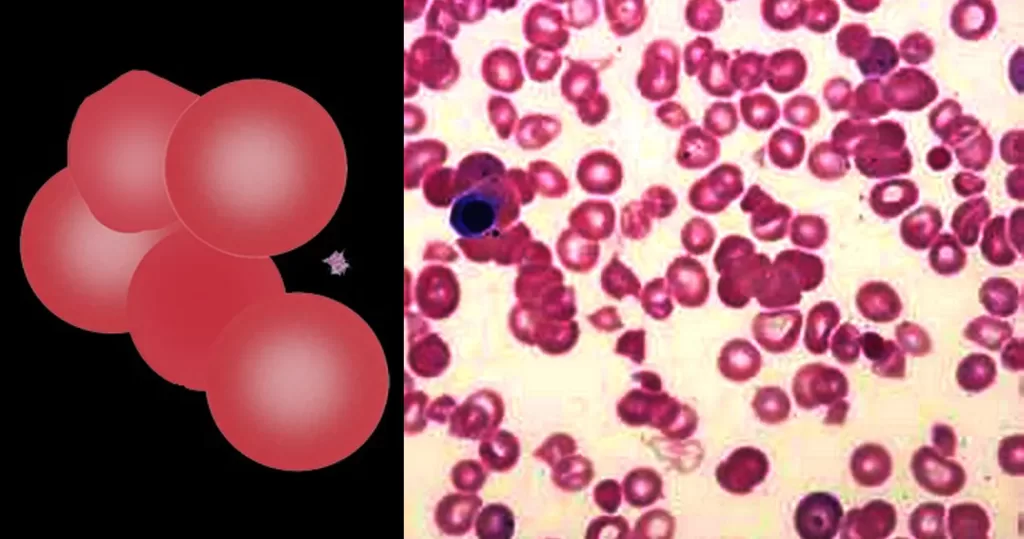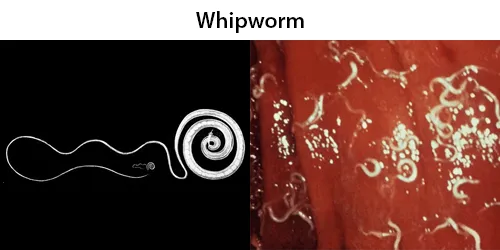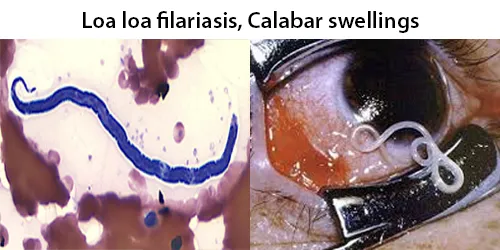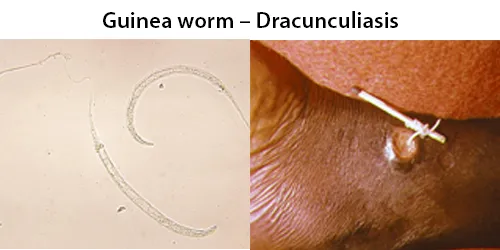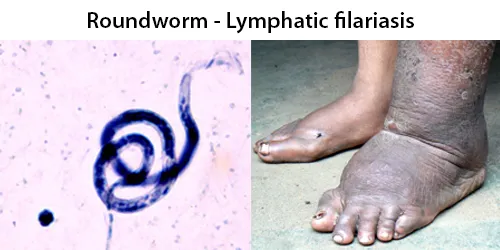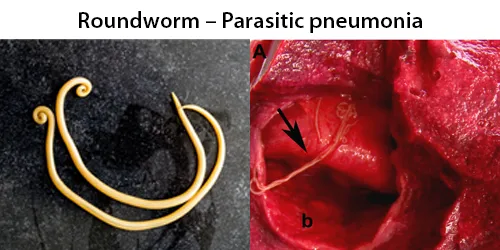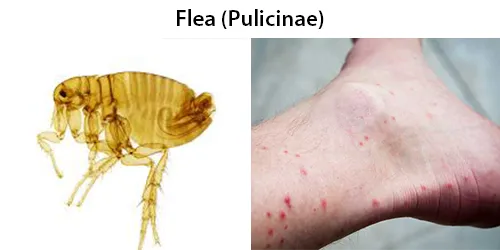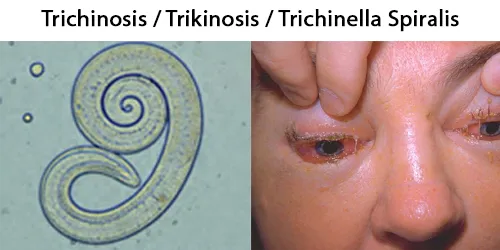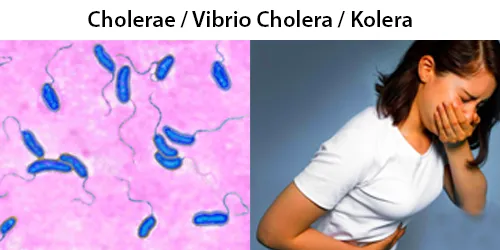4 Creepy Ways Big Pharma Peddles its Drugs
Big Pharma uses ads that sow hypochondria, raise health fears and sell diseases to adults and their children. drugs
It’s no secret that advertising works. Big Pharma wouldn’t spend over $4 billion a year on direct-to consumer advertising if it didn’t mean massive profits.
What is more unknown is why drug ads that sow hypochondria, raise health fears and “sell” diseases are often the most common – and effective – even when the drugs themselves are of questionable safety.
The nation’s fourth most frequent drug ads in 2009 for were Cymbalta, making Eli Lilly $3.1 billion in one year, despite the antidepressant’s links to liver problems and suicide. Pfizer spent $157 million advertising Lyrica for fibromyalgia in 2009, despite the seizure pill’s links to life-threatening allergic reactions. The same year, it spent $107 million advertising the antidepressant Pristiq, even though it also had links to liver problems.
So, how does Pharma dupe us into using unsafe drugs? Today’s drug ads, targeted directly to consumers since 1999, seem like they sell diseases and often cast women, children, the elderly and mentally ill in a bad light. But a quick look at ads before direct-to-consumer advertising (DTC) in medical journals shows that drug ads have always done so. It’s just that patients didn’t used to see them.
Here are some of Pharma’s most offensive ad campaigns, then and now.
1. You’re Sicker Than You Think
When psychiatric drugs first became popular for use in the general population, in the late 1960s, everyday personality problems became imbued with psychiatric labels. “Lady, your anxiety is showing (over a coexisting depression),” says a 1970 ad, showing an older, wrinkly woman in a bouffant wig with gigantic sunglasses and garish jewelry. “On the visible level, this middle-aged patient dresses to look too young, exhibits a tense, continuous smile and may have bitten nails or over-plucked eyebrows,” says the ad copy. “What doesn’t show as clearly is the coexisting depression.” The ad, both sexist and ageist, suggests the woman needs the antidepressant and tranquillizer Triavil.
Another ad from 1968 shows a bored, upper-middle-class couple whose hauteur is also said to really be depression. “Do you have patients who try to hide frustration behind conformity?” says the ad for the antidepressant Aventyl HCl.
You’d think such demeaning ads would vanish with DTC advertising because people would be offended. But You’re Sicker-Than-You-Think ads are alive and well since DTC advertising and even flowering.
A three-page consumer ad in the late 2000s similarly conveys that everyday psychological traits could actually be dire mental problems that require medication. If you are “talking too fast,” “spending out of control,” “sleeping less,” “flying off the handle” and “buying things you don’t need,” you could be suffering from bipolar disorder said the ads, which appeared in magazines like People. And here you thought it was the coffee. Accompanying photos of a woman screaming into a phone and contorting her face are so extreme they could come out of the movie Halloween Part II, if the woman were holding a knife.

Psychiatric drugs are not just advertised for everyday personality problems. Pharma is pushing them for everyday pain conditions. Eli Lilly’s original depression campaign for the antidepressant Cymbalta, “Depression Hurts,” seems to anticipate its subsequent approval for pain conditions including back problems. Now ads tout Cymbalta as a “non-narcotic, once daily analgesic FDA approved for three indications across four different chronic pain conditions,” as if it does not have severe controversial psychiatric risks including the suicide of volunteers who tested it.
And seizure and epilepsy drugs, known for major allergic and psychiatric reactions, are also becoming pain franchises. “What’s causing your chronic widespread muscle pain?” asks an ad for the seizure and epilepsy drug Lyrica. “The answer may be overactive nerves,” says the ad, even though “widespread muscle pain” and “over-active nerves,” are not mentioned in the approved labeling for Lyrica, says pharmaceutical reporter John Mack. The military spent $35 million on seizure and epilepsy drugs in 2009 alone, including for migraines, headaches and pain.
And speaking of overkill, ads for genetically engineered injected drugs like Humira, approved to treat serious diseases like Crohn’s disease, psoriatic arthritis and chronic plaque psoriasis look like they are designed to sell beer or beauty treatments, not immune suppressing drugs that invite cancers and lethal infections.
DTC ads don’t just escalate everyday problems into psychiatric problems, they also escalate real psychiatric problems into irresponsible, sensationalistic stereotypes. Ads for the best-selling antipsychotic Risperdal, widely used in children, and in soldiers with PTSD, suggest that people with mental illness have hallucinatory fears about “boiling rain” and “dog women.” The “dog woman” ad, showing a half-dog, half-woman crouched on her elbows, her eyes blackened, furthers the sensationalizing of mental illness with the tagline, “Because relapses are a living nightmare.”
2. Your Kid Is Sick
DTC ads don’t just convince people they’re in need of new drugs, but also that their kids may be, too. And it’s been going on for decades.
Long before Pharma convinced parents, teachers and clinicians that millions of US kids had attention deficit hyperactivity disorder (ADHD), kids were said to suffer from “minimal brain dysfunction” (MBD) and “hyperkinesis,” two conditions that were essentially the same as ADHD. In fact, so many kids had MBD by 1976 that an ad for the drug Cylert hailed the “Importance of single daily dose to the child, the parents and the teacher,” because kids wouldn’t have to be singled out anymore at pill time at school. (ADHD has been so huckstered, a YMCA ad spoofs it with the headline, “Before video games, before Facebook, before Ritalin, there was basketball.”)
Yet neither Cylert – whose approval the FDA withdrew in 2005 because of liver failure and deaths – or the current ADHD drugs are safe. In 2009, researchers reported that kids are more likely to die sudden deaths while taking them and the American Heart Association recommends electrocardiograms (ECGs) before kids take them. And yet, combined sales of ADHD drugs continue to grow from $4.05 billion to $7.42 billion in 2010.
Thirty years ago, it certainly looked like kids were being overmedicated. They were given the antipsychotic Thorazine for their “hyperactivity,” “hostility,” sleep problems and even for vomiting. Picky eaters and kids who wet the bed were given tranquillizers. Kids with tics, stuttering and school phobia were given the tranquillizer Miltown.

But today, ads promoting drugs for kids continue, and now they are aimed at parents. Sometimes, it’s hard to tell the difference between ads for drugs or ads for sugary cereals! Pharma tells moms to give their kids the bubble gum-flavored ADHD med, LiquADD and the grape-flavored ADHD med, Methylin. The latter campaign, to parents, is “Give ’em the GRAPE!”
DTC advertising has also convinced parents their kids suffer from GERD (gastroesophageal reflux disease) otherwise known as acid reflux disease, which was barely a disease in adults much less kids, before consumer advertising. “GERD Can Be a Big Problem for Little Kids,” say award-winning ads for Prevacid, which won a “RX Club” Silver award in 2004. In Europe, kids are treated for another “adult disease” and given chewable Liptitor to lower their cholesterol.
Some of Pharma’s most aggressive advertising has been designed to convince parents their children’s minor sniffles or wheezing are imminent asthma and require immediate and expensive drugs. To make the asthma drug Singulair (which also comes in a yummy chewable), the seventh most popular drug in 2010, Merck inked partnerships with the American Academy of Pediatrics and Scholastic, both of which parents consider neutral organizations and not Pharma mouthpieces. Merck also partnered with Olympic gold-medalist swimmer Peter Vanderkaay and NBA kid clubs to sell the asthma drug.
“A kid who’s got what your kid’s got is out doing what your kid’s not,” says one Singulair ad campaign. “Find out how you can help your child breathe a little easier.”
If Singulair were not harmful, the huckstering would simply be a case of wasting money and overmedicating kids. But Singulair has been linked to both pediatric
suicide and to emotional, behavioral and ADHD-like symptoms in kids, the latter likely inspiring parents to give their kids “the grape.”
Of course, another kid-targeted campaign is for the vaccine against the sexually transmitted Papillomavirus or HPV, immortalized by Gov. Rick Perry and Rep. Michele Bachmann in hot exchanges this fall. Many object to the sexualizing of 9-year-olds, to government lining Pharma’s pockets by promoting the vaccine (including overseas) and to the risks of the vaccines themselves. But the ads for Gardasil and Cervarix are also offensive. Last spring, poster-sized ads for Gardasil on Chicago’s commuter trains pretended to sell real estate in sought-after neighborhoods. A closer look revealed descriptions of women in those neighborhoods who thought they didn’t need the HPV vaccine but did, positioning HPV not only as a general risk to the population, like flu, rather than an STD but as “hip.”
HPV vaccine ads got even cooler when GSK rolled out Cervarix extravaganza TV ads and its “armed against cervical cancer” campaign with an Angelina Jolie-like model displaying a skinny arm with a Cervarix tattoo.
3. Be Like Me, and Can Your Beer Do This?
Prescription drugs may affect health, but they are still consumer products sold with the same marketing principles as toothpaste or beer. In fact, the wacky, “Can Your Beer Do This?” Miller Lite campaign of the 1990s, came back to life to sell the antidepressant Wellbutrin XR. In a glossy, color magazine ad, a young man rows his girlfriend on a scenic lake and lists the benefits of his Wellbutrin XR. “Can your medicine do all that?” he asks.

What does it say about the success of DTC advertising that people are assumed to have an antidepressant?
Experiential ads also sell prescription drugs like vintage ads for the “Kodak Moment,” “Maalox Moment” and the old cigarette ads for the “L&M Moment” did. “Lunesta Sleep. Have You Tried it?” asks a 2007 ad in Parade magazine, elevating the experience to something akin to “designer sleep.”

And just as celebrities move other consumer products, they have been deployed to sell prescription drugs. TV personality Joan Lunden and former baseball star Mike Piazza stumped for the allergy pill Claritin, ice skater Dorothy Hamill and track star Bruce Jenner for the pain pill Vioxx, and Sen. Bob Dole for Viagra. NASCAR figure Bobby Labonte also endorsed the antidepressant Wellbutrin XL in 2004. Yes, his medicine could “do all that.”
But there has been a problem with celebrity drug endorsements, unlike product endorsements in which a celebrity like Tiger Woods or Martha Stewart could taint a product, a prescription drug can taint a celebrity! Did Dorothy Hamill know that Vioxx doubled the risk of heart attacks in users when she stumped for it? Did the model Lauren Hutton know that hormone replacement therapy causes a 26 percent higher incidence of breast cancer, a 29 percent increase in heart attacks, a 41 percent increase in strokes, and a doubling of the rate of blood clots when she shilled for it? Does actress Sally Field know that bone drugs like Boniva are linked to esophageal cancer, jaw bone death and the very fractures they are supposed to prevent as she pushes them?
Of course, good product marketing includes public relations. When Pharma sells a disease with no mention of the drug it is really selling, it’s called “unbranded” advertising. Since DTC advertising, Pharma has invaded public service announcements (PSAs) that TV and radio stations confer for free, pretending their take-a-drug messages serve the public good, like messages to change smoke detector batteries or put kids in car seats.
One such “educational” “awareness” campaign called “Depression Is Real” saturated the radio air waves in 2011, funded by the National Alliance on Mental Illness, which was investigated by Congress for its Pharma funding from Wyeth, part of Pfizer, and other groups. The high-budget ads, running for free, compare depression to diabetes because it doesn’t go away and to cancer because it can be fatal.
4. One Kind of Ad You Won’t See Anymore
Animal research at drug companies and the National Institutes of Health is a great scientific iceberg of which people only see a tip. In drug development, millions of animals die to prove a drug’s “safety.” At academic and medical centers, animal study grants from NIH provide millions to researchers and labs.
As sentiment grows against animal experiments and the government’s gigantic National Primate Research Centers (new rules will limit the use of chimpanzees), the research is downplayed and even hidden. But there was a time when Pharma actually flaunted animal research.
“More than a decade of animal research on various animal species has suggested that Librium (chlordiazepozxide HCI) exerts its principal effects on certain key areas of the limbic system,” says an ad from the 1970s, showing three monkeys crouching and dangling in cages as assorted experiments are conducted.

An ad for the diet pill Pre-Sate is even worse. It says, “one of the most sophisticated comparative animal studies ever conducted demonstrates direct action on the satiety centers,” and shows five photos of cats in experiments. One shows a life-size white cat looking at the camera with a chain around its neck and invasive instrumentation embedded in its skull.

Today’s consumers, it seems, wouldn’t tolerate ads like these. (Or the experiments behind them.) Why do they tolerate derisive ads about “dog women” and ploys to market pharmaceuticals to kids as if it were candy?
About the author
Martha Rosenberg frequently writes about the impact of the pharmaceutical, food and gun industries on public health. Her work has appeared in the Boston Globe, San Francisco Chronicle, Chicago Tribune and other outlets. Martha Rosenberg’s first book, Born With a Junk Food Deficiency: How Flaks, Quacks, and
Hacks Pimp the Public Health, will be published by Prometheus Books in April.
******************************
How The Pharmaceutical Industry Has Mastered The Art Of Creating and Naming Diseases
This effort is known as “disease mongering,” a term introduced by health-science writer Lynn Payer in her 1992 book Disease-Mongers: How Doctors, Drug Companies, and Insurers Are Making You Feel Sick. Payer defined disease mongering as “trying to convince essentially well people that they are sick, or slightly sick people that they are very ill.” This strategy has also been called “the corporate construction of disease” by Ray Moynihan, Iona Heath and David Henry in the British
Medical Journal. “There’s a lot of money to be made from telling healthy people they’re sick,” they say. “Pharmaceutical companies are actively involved in sponsoring the definition of diseases and promoting them to both prescribers and consumers.”
Disease mongering got rolling in 1879 with the invention of Listerine, which was originally considered a surgical antiseptic. It was named for the famous English surgeon Joseph Lister, who performed the first antiseptic surgical procedure. Soon, however, Listerine’s inventors, Dr. Joseph Lawrence and Jordan W. Lambert, were selling it in concentrated form as a floor cleaner and as a treatment for gonorrhea. In 1895 they began to market it to dentists for oral care, and in 1914 it became the first over-the-counter mouthwash marketed in the United States. By the 1920s, the Lambert Pharmacal Company, Listerine’s maker, was confident they had found a cure; now all they needed was a disease. So they made one up: “halitosis.” Before that time, halitosis was an obscure medical term that almost no one had heard of. Advertisers began to promote Listerine as a cure for this condition, which, they said, could blight anyone’s chances of succeeding in romance, marriage and work. Soon, people all over America were suffering from halitosis.
The trick was to inflate a common, everyday condition to the level of pathology, which, if not attended to, could blight one’s prospects for personal happiness and success. The ads the Listerine marketers crafted were mini-soap operas, in which people risked social shame and failure unless they used the product.
The Listerine marketers refined the marketing techniques that were pioneered by the patent-medicine makers of the 19th century. Novelist Henry James was so
vexed by these hucksters he called them “nostrum-mongers.” His brother, Harvard psychologist William James, who is considered the father of American psychology, was also exasperated by them, saying that “the authors of these advertisements should be treated as public enemies and have no mercy shown.”
Payer identified several disease-mongering tactics. Among them:
-
- Taking a normal function and implying that there’s something wrong with it and that it should be treated
- Describing suffering that isn’t necessarily there
- Defining as large a proportion of the population as possible as suffering from the “disease”
- Defining a condition as a deficiency disease or as a disease of hormonal imbalance
- Recruiting doctors to spin the message
- Using statistics selectively to exaggerate the benefits of treatment
- Promoting the treatment as risk free
- Taking a common symptom that could mean anything and making it sound as if it is a sign of a serious disease
Healthcare watchdogs are now blowing the whistle on the major pharmaceutical companies who are engaged in this activity, and they have identified several “illnesses” as current examples of disease mongering. They are not saying these conditions don’t exist – they are indeed problematic for some people – but that their incidence and relevance is wildly exaggerated in the pursuit of corporate profits. Among these “illnesses” are erectile dysfunction, female sexual dysfunction, bipolar disorder, attention deficit hyperactivity disorder (ADHD), restless legs syndrome, osteoporosis, social shyness (also called social anxiety disorder and social phobia), irritable bowel syndrome and balding.
Why should we be concerned about disease mongering? There is a huge psychological burden in thinking of ourselves as diseased when we are not. Beyond the psychological cost, there are financial costs, both personal and social. Treating these “illnesses” with pharmaceuticals is not cheap. Moreover, no tax-funded healthcare system can sustain the cost of drug treatment for all the risks for which the drug companies would like to treat the population.
Reversing disease mongering won’t be easy. There is a near-limitless amount of money to be made from marketing pharmaceutical remedies for diseases that
exist mainly in the imagination, and there are powerful economic, political, and professional interests who desperately want this process to continue.
The way forward may be in immunizing ourselves psychologically against the messages from Big Pharma that invade our lives on every hand. We have to learn to stop being suckers.
How? Heath believes our fear of suffering and death make us susceptible to disease mongering. Today, because the comforts of religion are no longer real for many people, death seems more final, resulting in a panicky rush to use anything that offers better health and increased longevity. So it may be that the best way to resist disease mongering is not to beat our heads against the fortress of Big Pharma, but to develop the psychological and spiritual maturity that makes us resistant to their efforts to instill fear and dread in our lives.
It’s been said that one of the main ways we humans differ from other creatures is in our desire to take a pill. The pharmaceutical companies know that. Yet our health is determined mainly not by the pills we choose to swallow, but how we choose to live our lives – the ways we eat, exercise, work, play, love and relate to others. Realizing that, we can outsmart the efforts of the disease mongerers to pathologize every moment of our existence.
article: 15 Dirty Big Pharma Tricks That Rip You Off and Risk Your Health for Profit
Even during a recession, pharma is still the nation’s third most profitable sector. Here are some of the dirty tricks it employs to stay on top.
15 Dangerous Drugs Big Pharma Shoves Down Our Throats
How Big Pharma Distorts Science to Get FDA Approval for Dangerous Drugs
8 Invented Diseases Big Pharma Is Banking on
Some Asthma Drugs Kill More People Than Asthma: Why Is Big Pharma Allowed to Hawk Deadly Pills?























